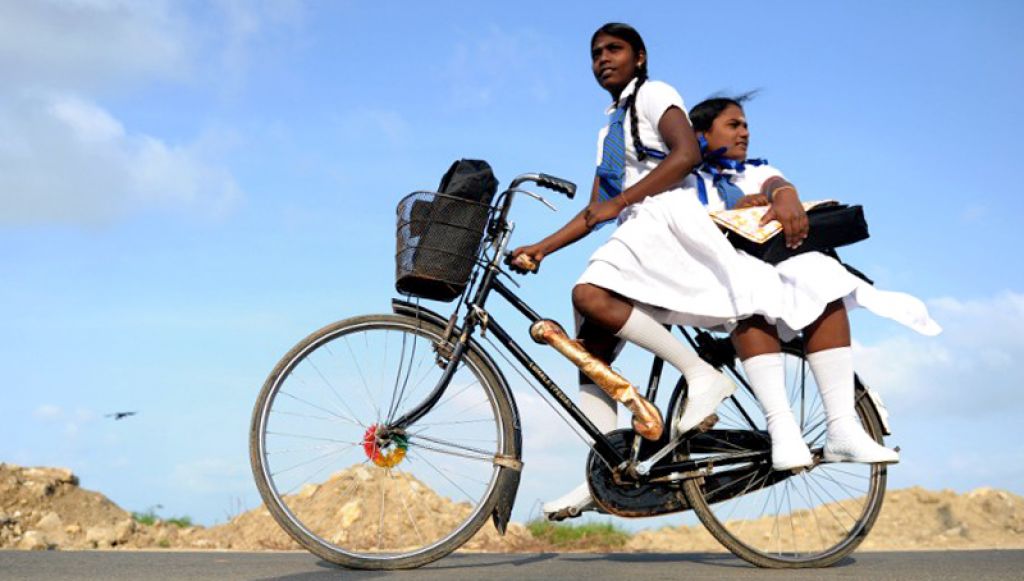By Professor Ajith DeSilva
[email protected]
The concept of “Free Education” has long been a cornerstone of Sri Lankan identity, championed as a remarkable achievement of Dr. C.W.W. Kannangara’s visionary reforms in the mid-20th century. However, in today’s globalised world, it is essential to critically examine what “Free Education” truly means—and whether Sri Lanka’s system is as unique as it is often portrayed.
Free Education in Schools:
A Global Norm
Kannangara’s efforts to make education accessible to all Sri Lankan children in the 1940s were groundbreaking for their time. By establishing free primary (grades 1 – 5) and secondary education (grades 6 – 12), Sri Lanka provided a pathway for countless children from underprivileged communities to escape the cycle of poverty. But today, this framework is no longer an exception to the rule; it has become a universal standard.
The United Nations’ Declaration of Human Rights (Article 26) recognises free and compulsory education as a fundamental right for all children. As of now, nearly every country in the world provides free Kindergarten – 12th grade (K-12) education. Nations like Finland, Japan, and Germany offer universally free primary and secondary education, while others, like the United States and Canada, provide public education without direct cost to families. This means Sri Lanka’s primary and secondary “free education” model, while commendable, is no longer a unique phenomenon. Rather, it is part of a broader global movement that aligns with UN norms.
University Education: Merit-Based Scholarships, Not Truly Free
The discussion becomes more complex when we examine university education. Sri Lanka takes pride in offering free university education, but this term is misleading. What Sri Lanka truly offers is a merit-based scholarship system, accessible only to a limited number of high-achieving students from GCE A/L. While the state bears the cost for these students, it is important to recognise that this is not “Free Education” in its purest sense, but a selective programe benefiting a small proportion of the population.
In the early 1980s, less than 5% of eligible students in Sri Lanka gained admission to government universities. Today, while this has risen to around 15%, the majority still lack access and are forced to seek costly alternatives, such as private universities or foreign institutions. Even for those admitted to state universities, a rigid ranking system often denies them the freedom to choose their preferred discipline or institution. This highlights that Sri Lanka’s “free” higher education system is neither financially accessible for most students nor supportive of academic freedom.
From a global perspective, we observe that in Germany, public universities provide free or low-cost education to both domestic and international students. However, admission is often tied to academic performance, with certain programmes, particularly in high-demand fields like medicine, governed by strict quotas.
In the United States, fewer than 5% of students receive fully government-funded merit-based scholarships, while approximately 15 – 20% benefit from partial funding. Eligibility for these scholarships and grants is determined by various factors, including academic performance, athletic abilities, financial need, and specific criteria like household income relative to the poverty line. Since the U.S. education system is largely state-driven, each state provides its own grant and scholarship programes based on need, merit, or career-focused incentives, such as those for teaching, military service, or nursing.
Countries such as Denmark, Norway, Sweden, and Finland, celebrated for their free higher education systems, may, however, rely on selective university admissions. As a result, tuition-free education is predominantly available to top-performing students, with universities imposing competitive entry requirements to control demand.
Other countries similarly offer free or highly subsidised education that is tied to merit and financial need, demonstrating that Sri Lanka is not unique in providing access to higher education without direct tuition costs. However, Sri Lanka’s claim to offer “free” education is debatable, as its system limits access and academic freedom while ignoring the financial burden of alternative pathways for most students.
The Need for a Paradigm Shift
Sri Lanka’s merit-based system has undoubtedly provided opportunities for many bright and deserving students. However, it raises two critical questions: (1) Are we doing enough to expand access to higher education for all Sri Lankans? and (2) Should we continue to cling to the rhetoric of “Free Education,” or should we acknowledge the reality of a selective scholarship model?
Countries like India and China have introduced hybrid systems that combine merit-based scholarships with income-based financial aid, ensuring that students from lower-income families are not left behind. In Sri Lanka, there is room to explore similar policies, where government support is extended not just to a select few but also to those who may lack top-tier academic scores yet demonstrate significant potential and need.
Moreover, as the demand for higher education grows, Sri Lanka must address the challenges of funding and infrastructure. Expanding university capacity, fostering partnerships with private institutions, and encouraging vocational and technical education are vital steps toward creating a more inclusive and sustainable system.
Conclusion: Moving Beyond the Myth
While Sri Lanka can be proud of its educational legacy, it is time to shed the myth of “Free Education” as an exceptional Sri Lankan achievement. In today’s world, free primary and secondary education is a global norm, and Sri Lanka’s university system functions more like a merit-based scholarship programme than a universally accessible model.
By recognising these realities, we can shift the national conversation toward improving access, equity, and quality across all levels of education. The true measure of an education system is not how much it is subsidised, but how effectively it empowers every citizen to reach their full potential. Sri Lanka’s future depends on moving beyond the rhetoric of “Free Education” and embracing a vision that includes all. Admittedly, opposition to fee-based education has hindered the implementation of proposals aimed at expanding higher education opportunities to a larger portion of our student population.
Courtesy The Island/16.01.2025
